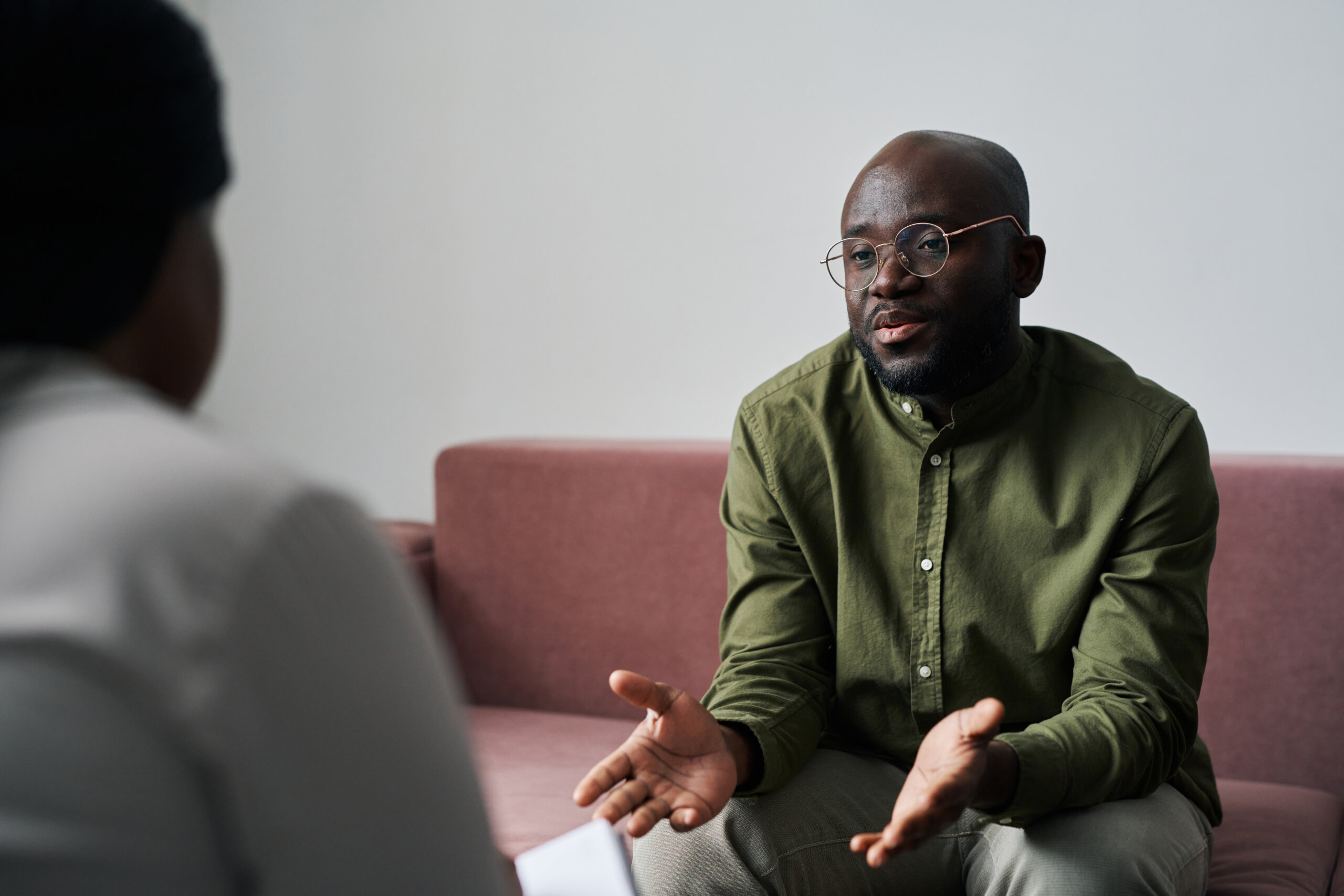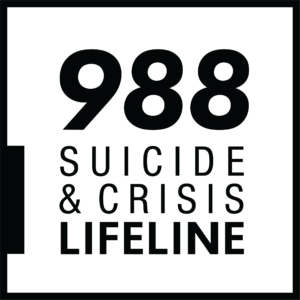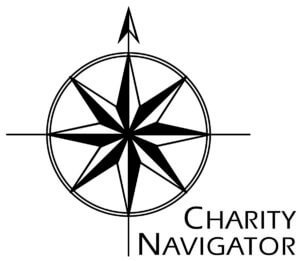Our kind Grief Support Services volunteer facilitator Joe lost his older brother Ritchie to suicide 41 years ago, and now supports other loss survivors through our program. (Pictured) Joe’s family, from left to right: brother Philip, brother Richie, Joe, and sister Carol.
“My name is Joe and I lost my brother Richie to suicide 41 years ago when he was 23 and I was 20.”
Thus goes my introduction at every SafePlace grief support meeting (pre-pandemic) and every Virtual SafePlace meeting (more recently) that I co-facilitate with other suicide loss survivor volunteers.
Keep in mind, I am by no means an authority on suicide or suicide grief. I’m not a counselor or therapist or clinician. Like other facilitators at Samaritans, I am a trained volunteer who is also a loss survivor. These are simply my observations from being a participant and a volunteer co-facilitator, and some of my opinions. My two cents, if you will – maybe three.
There is something incredible that happens when a group of suicide loss survivors get together to speak and to listen to one another. At the first SafePlace meeting I attended, I was struck by how easy it was to be a participant and how quickly my pre-conceived concerns and anxieties were allayed. Maybe “participant” is not the best term, because you can simply listen and not feel obligated to contribute if you choose not to, which was the case with me for the first meeting or two I attended. Or you can feel free to speak on any subject regarding your loss that you choose, as there are no set topics to follow at these meetings.
It didn’t take many meetings for me to realize that as a group of people who have lost a loved one to suicide, all with unique experiences and thus unique grief, we all have more in common than that which sets us apart. In any given SafePlace group, there will be multiple people that have shared similar experiences, faced similar obstacles, or have shared similar emotions.
When suicide loss survivors assemble, the conversation is different than it would be if say, a single suicide loss survivor were to speak among a group that has not experienced the loss of a loved one to suicide. Among a group of loss survivors, you are speaking with folks who feel what you feel; who understand what you understand; because they are living what you are living. In short, these are folks who just “get it” with each other. It’s difficult to articulate why this is the case to people who have not lost a loved one to suicide, but I imagine it is the same dynamic among other groups of people who have shared a traumatic experience. The participants are dealing with a type of grief that is usually more complicated than grieving someone who has died from “natural causes.”
Since the onset of the pandemic, SafePlace meetings have been held online instead of at the various physical sites where they were previously held. Do I miss meeting in person? Of course I do; I miss passing the Kleenex when one of us has a cry (or when all of us have a cry). I miss the banter about that evening’s selection in the candy bowl before the meeting gets underway. I miss laying out the various informative pamphlets for people to peruse and take after the meeting.
But there are silver linings in the cloud of COVID-19. The virtual meetings are more convenient for many people due to flexible scheduling, and it lends some wonderful dynamics to the meeting. Instead of the physical meetings being held twice per month on one particular evening at a physical location, people are able to log into a virtual meeting once a week on either a Tuesday, Wednesday, or Thursday. This flexibility enables participants to join when it is most convenient – and you really can’t beat the commute. And where the physical meetings were attended only by others from your town or area, the virtual meetings allow you to meet with people you may not have otherwise had a chance to meet. These virtual meetings are even easy to connect with, as Samaritans offers to help with trial runs of the Zoom meeting software, if needed. Take it from a Boomer; if I can do it, anyone can do it. If you have lost someone to suicide, I encourage you to join us at a Virtual SafePlace meeting.
The opportunity to become a volunteer facilitator has rewarded me with meeting other loss survivors whose resiliency never ceases to amaze me. Not surprisingly, while in the searing pain of early grief, many of these same people can’t see and realize how much more resilient they are becoming. But as resilient as we all become, I am reminded in these meetings how difficult and complicated the suicide grieving process is.
Suicide is so foreign to most people that we usually don’t know how to react to someone who is suffering a loss. If someone were to ask me how best to approach a friend who has lost a loved one to suicide, it would be simply: Listen to them and talk with them. Don’t avoid speaking with them about their loved one out of concern of their fragile state; often someone grieving may just want to talk about the person they lost and life without that person. Someone grieving a suicide may also want to talk frankly about life without the person. The term “new normal” seemed to have been coined at the onset of the Coronavirus, but indeed is a term often used in SafePlace meetings well before this pandemic.
It’s important to remember that the way a person died should not be what defines them; indeed, the way a person lived should define them. Richie was funny, intelligent, mechanically inclined, and protective of me. I always hold dear how he lived instead of how he died.
Unfortunately, the stigma associated with suicide has diminished little in the four plus decades since Richie took his life, causing isolation and confusion to those left behind. This makes the availability of confidential, non-judgmental, peer-support groups where participants can connect with each other ever so important. I have been blessed to be given an opportunity to learn from the wonderful volunteer facilitators and staff at Samaritans. And, of course, blessed to meet so many of the participant loss survivors who so readily share their support and compassion.









